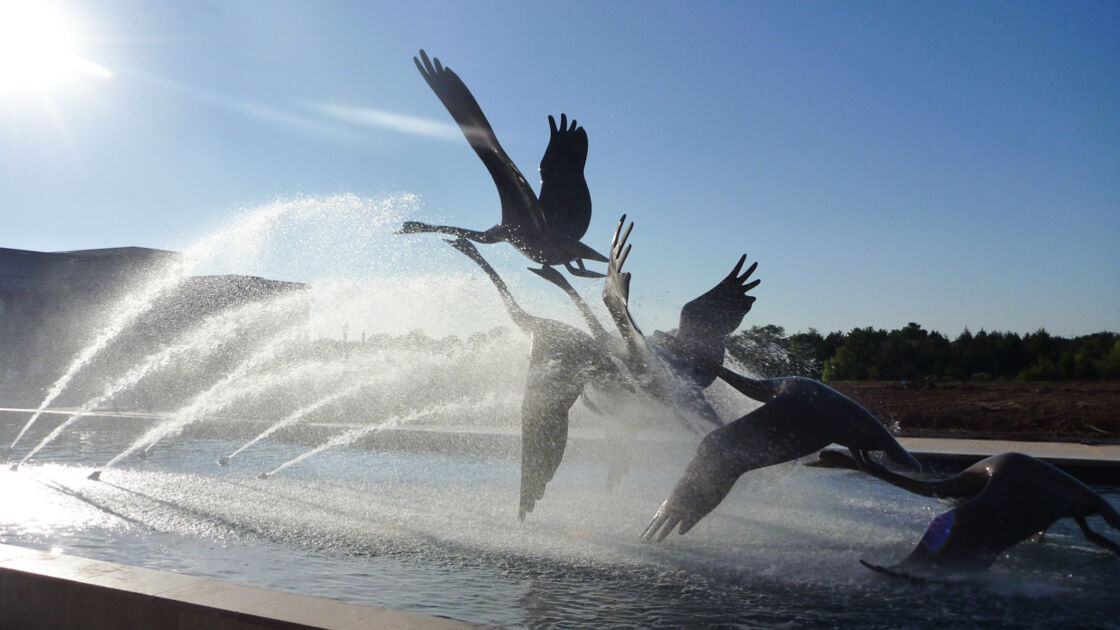The Armstrong Institute of Biblical Archaeology is associated with the world-class Armstrong Auditorium in Edmond, Oklahoma. The theater inside this venue has hosted some of the finest performers on the concert circuit today. Its lobby has been home to three world-premiere archaeological exhibits, including our current “Kingdom of David and Solomon Discovered” exhibition. But one thing every visitor encounters before even entering the building is the majestic Swans in Flight sculpture, by the late sculptor Sir David Wynne.
The sculpture stands amid a 120-foot reflecting pool and depicts the five stages of a swan taking flight. The wingspan of each bird is 15 feet. When the six water jets cascade over the sculpture, it is easy to imagine the birds in motion—despite the fact that this work of art weighs nearly four tons.
Birds have captured the imagination of artists, composers and writers for millenniums. They’ve been used symbolically in a variety of ways.

Our namesake, Herbert W. Armstrong, commissioned Sir David Wynne to create a sculpture representing prayer. Wynne felt that egrets were the most universal representation of that, and he created magnificent sculpture of egrets with outstretched wings, ascending upward.
Biblical authors knew birds were a striking muse for a number of metaphors. These authors took abstract concepts and made them inspiring, encouraging and motivating—using birds.
Confirming the Creator’s Character
A study of Scripture’s birds yields numerous verses. Some references are more functional to a narrative or plot—listing creatures in sacrifices, dietary instructions or trade (e.g. King Solomon’s peacock exports), or as a key detail in specific histories (e.g. Noah and Elijah). But in many cases, they represent much loftier concepts.
Biblical authors used birds to illustrate the genius and caring of the Creator they were trying to describe. Psalm 50 quotes the divine voice as saying: “I know all the fowls of the mountains …” (verse 11).
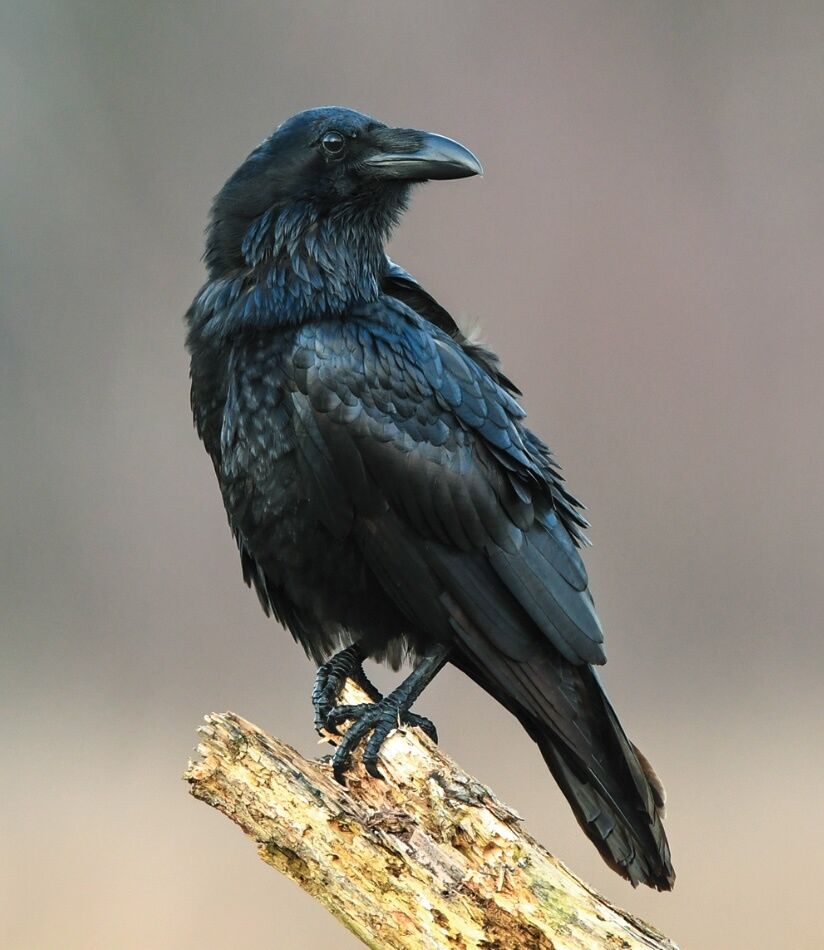
Psalm 147:9 and Job 38:41 credit God with feeding young ravens. The raven expels its young from the nest as soon as it is able to fly. Unable to obtain food, they will make a croaking noise, and the Bible says God hears this. He created an ecosystem ensuring these creatures are fed.
God questioned Job, asking, “Doth the hawk soar by thy wisdom, And stretch her wings toward the south? Doth the vulture mount up at thy command, And make her nest on high? She dwelleth and abideth on the rock, Upon the crag of the rock, and the stronghold. From thence she spieth out the prey; Her eyes behold it afar off. Her young ones also suck up blood; And where the slain are, there is she” (Job 39:26-30).

Many translations render “vulture” (נשר) as “eagle,” a species known for its ability to fly and nest at extreme heights. A bald eagle’s wing muscles account for half its body weight. The muscles that pull the wings down are the largest of the flight muscles, allowing it to gain altitude without much effort. This allows it to get high enough to make such elevated nests; some reaching as high as 200 feet in the air.
Representing the Divine
Biblical authors saw birds as evidence of God’s brilliance and benevolence. But they also used them in more symbolic and poetic ways as a metaphor for God Himself.
In Exodus 19:4, Moses quotes God to describe how He bore them out of Egypt “on eagles’ wings.” In Deuteronomy 32, Moses explicitly likens God to an eagle: “As an eagle that stirreth up her nest, Hovereth over her young, Spreadeth abroad her wings, taketh them, Beareth them on her pinions—The Lord alone did lead him, And there was no strange god with Him” (verses 11-12). An adult eagle guides its offspring on its first flight by flying close to it. In the event the youngling tires or falters, the adult will swoop beneath it and support it with the air current of its own wings. There is evidence from nature that at least one type of eagle does what this verse says.
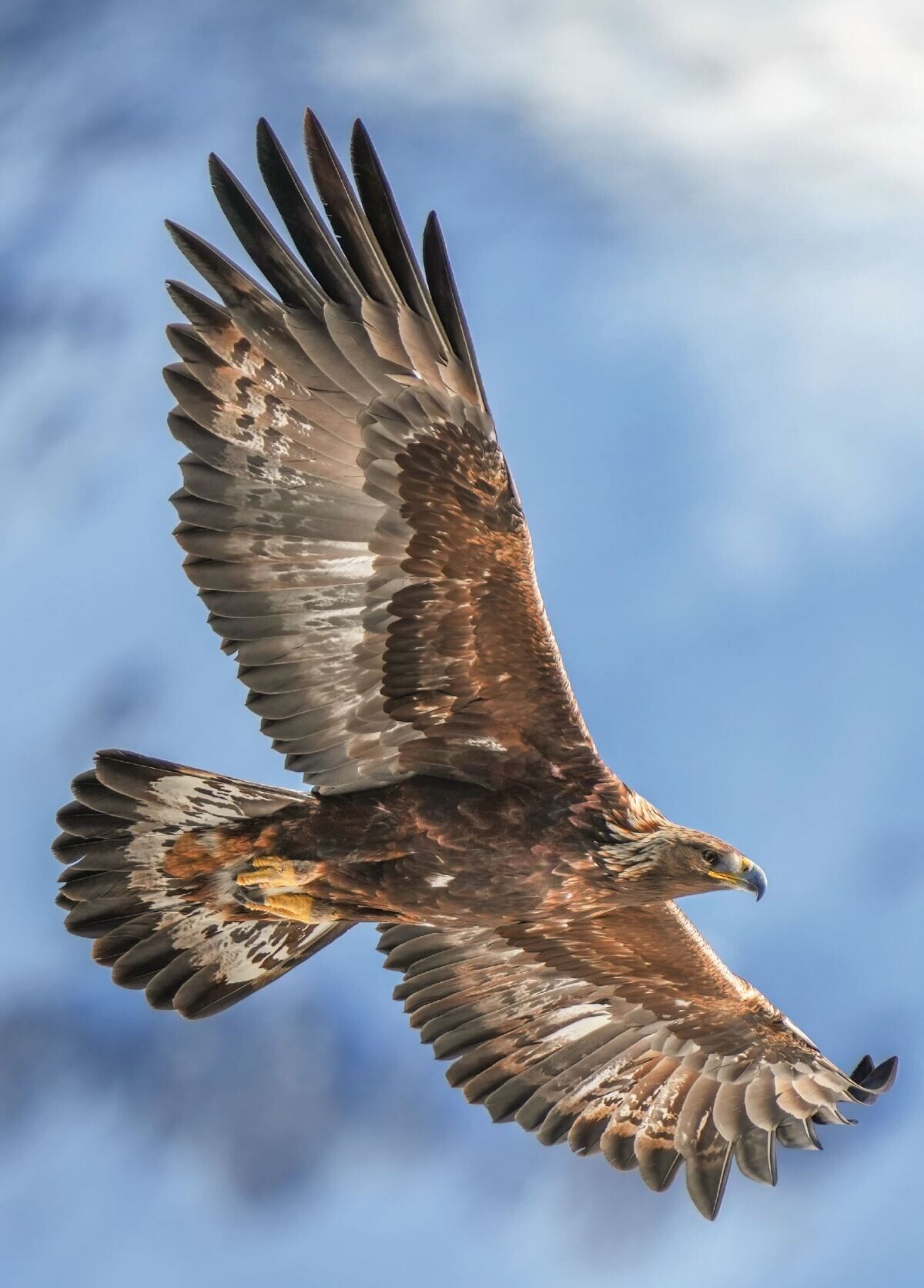
Arthur Cleveland Bent’s Life Histories of North American Birds of Prey, Part 1, relates a stunning account of one observer of the golden eagle in Ojai, California: “Last summer … my father and I … noticed a golden eagle teaching its young one to fly. … The mother started from the nest in the crags, and roughly handling the young one, she allowed him to drop, I should say, about 90 feet, then she would swoop down under him, wings spread, and he would alight on her back. She would soar to the top of the range with him and repeat the process. One time she waited perhaps 15 minutes between flights, I should say the farthest she let him fall was 150 feet. My father and I watched this, spellbound, for over an hour. I do not know whether the young one gained confidence by this method or not. A few days later, Father and I rode to the cliff and out on Overhanging Rock. The eagle’s nest was empty.”
Here is a powerful analogy penned by Isaiah: “As birds hovering, so will the Lord of hosts protect Jerusalem; He will deliver it as He protecteth it, He will rescue it as He passeth over” (Isaiah 31:5). Isaiah used this metaphor to show how God would protect Jerusalem from an Assyrian siege. He was speaking to Hezekiah who was facing an impending attack from King Sennacherib. This is a notable verse in light of remarkable archaeological discoveries.
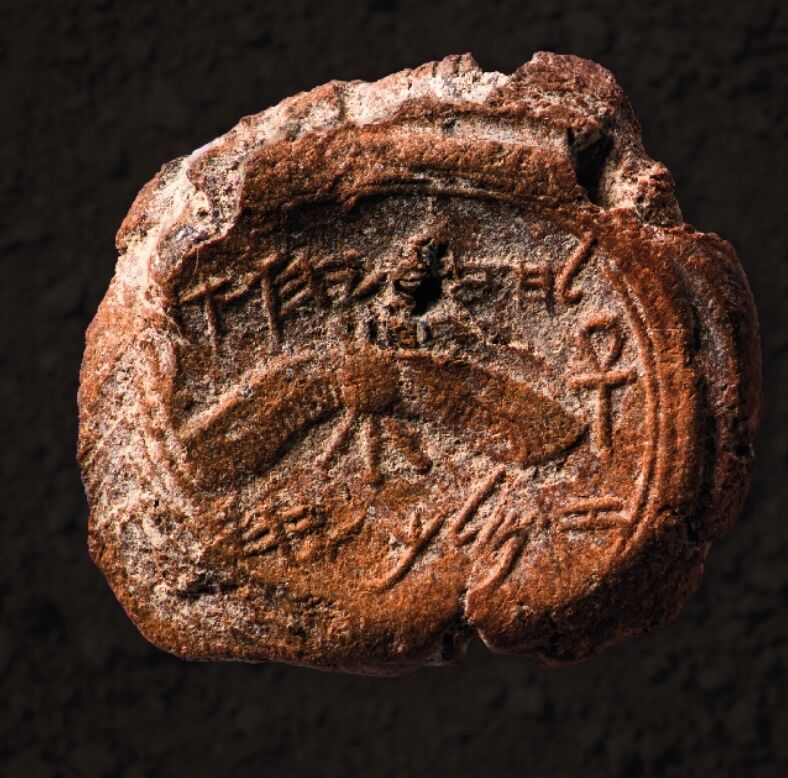
In 2009, the seal of King Hezekiah was discovered on the Ophel in Jerusalem. One of the motifs on this bulla is a sun with downturned wings, evocative of the image in Isaiah 31:5.
Another remarkably identical image is used centuries later in the book of Malachi, specifically related to healing: “But unto you that fear My name Shall the sun of righteousness arise with healing in its wings …” (Malachi 3:20; 4:2 in other translations). Hezekiah, in addition to facing an Assyrian siege from which he needed protection, was also facing a terminal illness (Isaiah 38:1-8).
Representing the Human
Birds are also used in the biblical text to symbolize aspects of human existence. “O deliver not the soul of Thy turtle-dove unto the wild beast …” (Psalm 74:19). Twice in the Song of Songs, a dove is used as a symbol for a bride’s beauty (Song of Songs 2:14; 5:2).
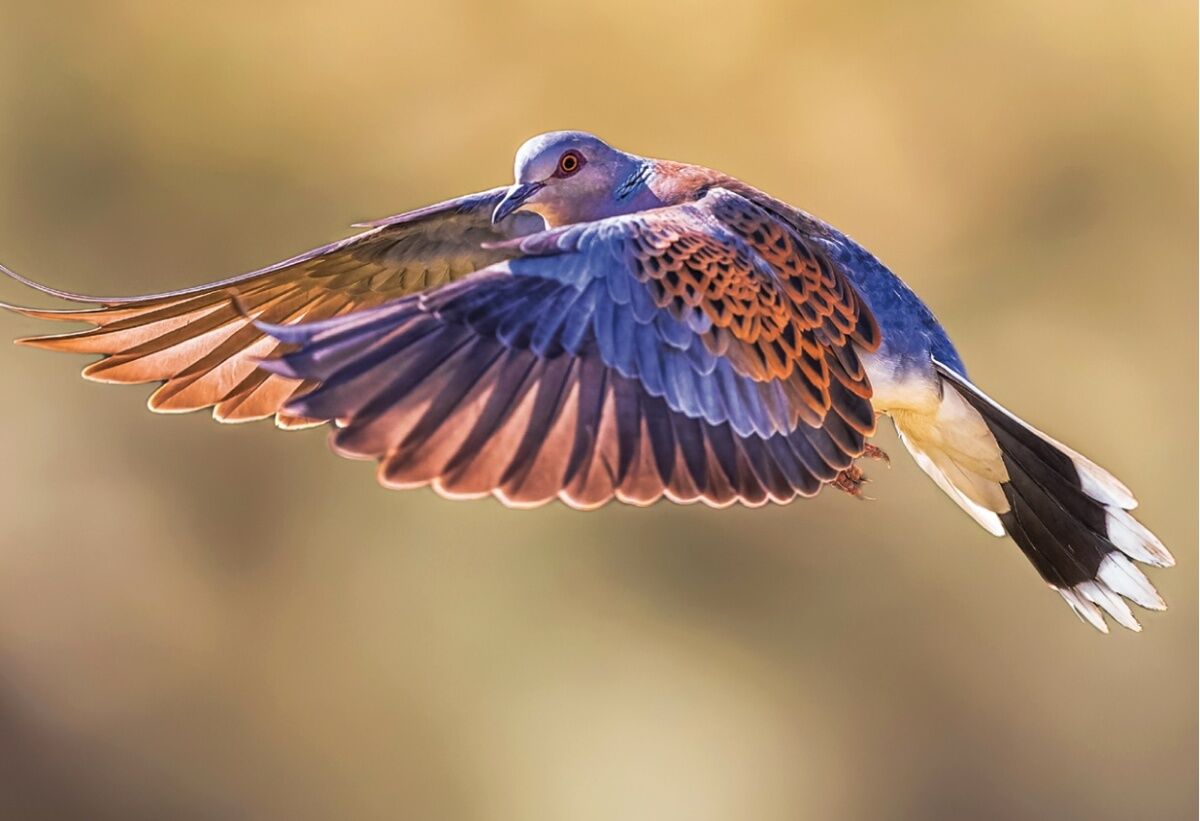
Some of these comparisons are less than complimentary. Hosea 7:11 says Ephraim is “like a silly dove.” Doves are known for not resisting attacks or retaliating against enemies, which can be an admirable characteristic in avoiding unnecessary conflict, but here it is used to illustrate a foolish pacificist attitude.
Jeremiah said this unthinking bird (and a couple others) had more knowledge than those he was warning: “Yea, the stork in the heaven Knoweth her appointed times; And the turtle [dove] and the swallow and the crane Observe the time of their coming; But My people know not The ordinance of the Lord” (Jeremiah 8:7).
The eagle is used as a representation of God’s greatness, but it can also be used to symbolize human shortcoming. Jeremiah uses the eagle’s elevated abode as a symbol for human haughtiness: “Thy terribleness hath deceived thee, Even the pride of thy heart, O thou that dwellest in the clefts of the rock, That holdest the height of the hill; Though thou shouldest make thy nest as high as the eagle, I will bring thee down from thence, saith the Lord” (Jeremiah 49:16). Obadiah 3 and 4 make an almost identical point.
Lamentations 4:3 and Job 39:13-18 use the ostrich’s uncaring treatment of her eggs as a metaphor for the tendencies of human nature.
Many of the uses of birds symbolizing human elements, however, can be divided into three broad categories: 1) representative of trials or feelings of loneliness; 2) representative of our search for protection and refuge; and 3) representative of the spiritual strength available.
Symbolic of Trials
Biblical writers often relied on bird metaphors while enduring sore trials. They intended readers to be comforted by their words in times of distress.
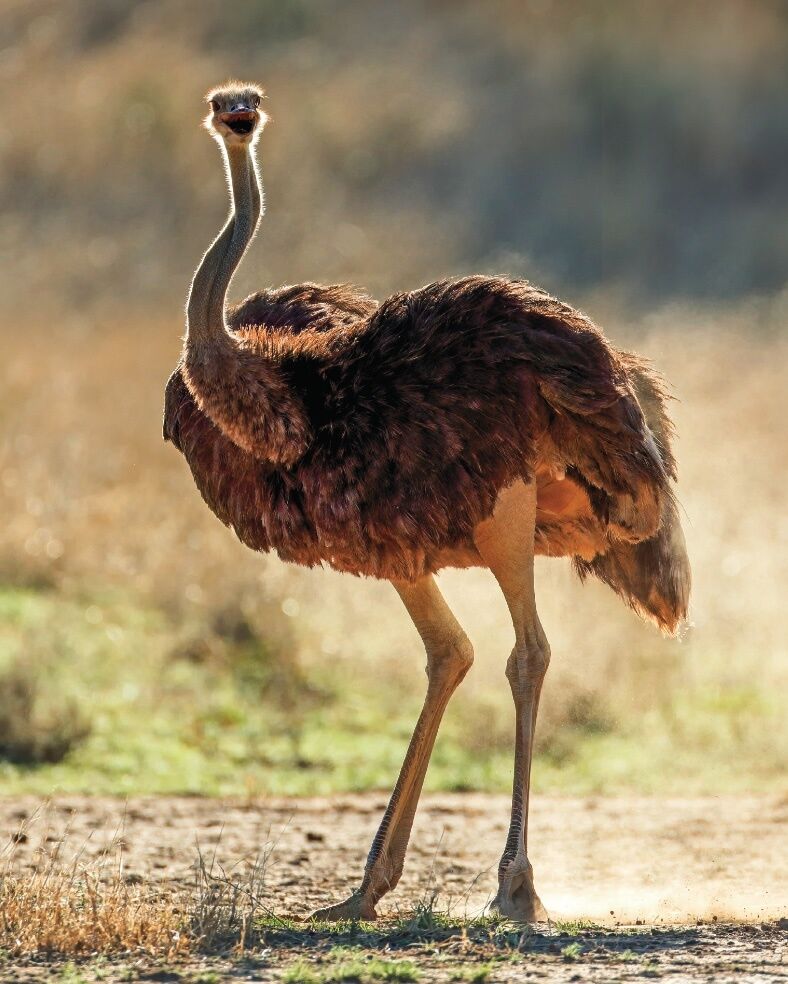
In Job’s sore trial, he lamented that he was a “brother to jackals, And a companion to ostriches” (Job 30:29). Bible commentaries point out that both animals utter mournful cries, and both are usually found in desolate, solitary places. The ostrich is known for its shrill shrieks in the night.
The Prophet Micah used both creatures as a symbol of his wailing and mourning (Micah 1:8). Though there is some dispute over what kind of birds Micah and Job were discussing, the comparisons to shrill screeches from these fowls still stand.
When Hezekiah was healed of a terminal illness, he wrote a song to memorialize God’s healing power. The song also describes his sickness: “Like a swallow or a crane, so do I chatter, I do moan as a dove; Mine eyes fail with looking upward. O Lord, I am oppressed, be Thou my surety” (Isaiah 38:14). “Chatter” could more literally be translated “chirp.” Lange’s Commentary states: “Mortally sick, [Hezekiah] can only utter weak murmurs and groans, like the complaining sounds of the swallow, the crane, the dove.”
The sound of the dove can be likened to a mournful cry (Isaiah 59:11; Ezekiel 7:16). The Jamieson, Fausset and Brown Commentary says that the dove was “called by the Arabs the daughter of mourning, from its plaintive note.”
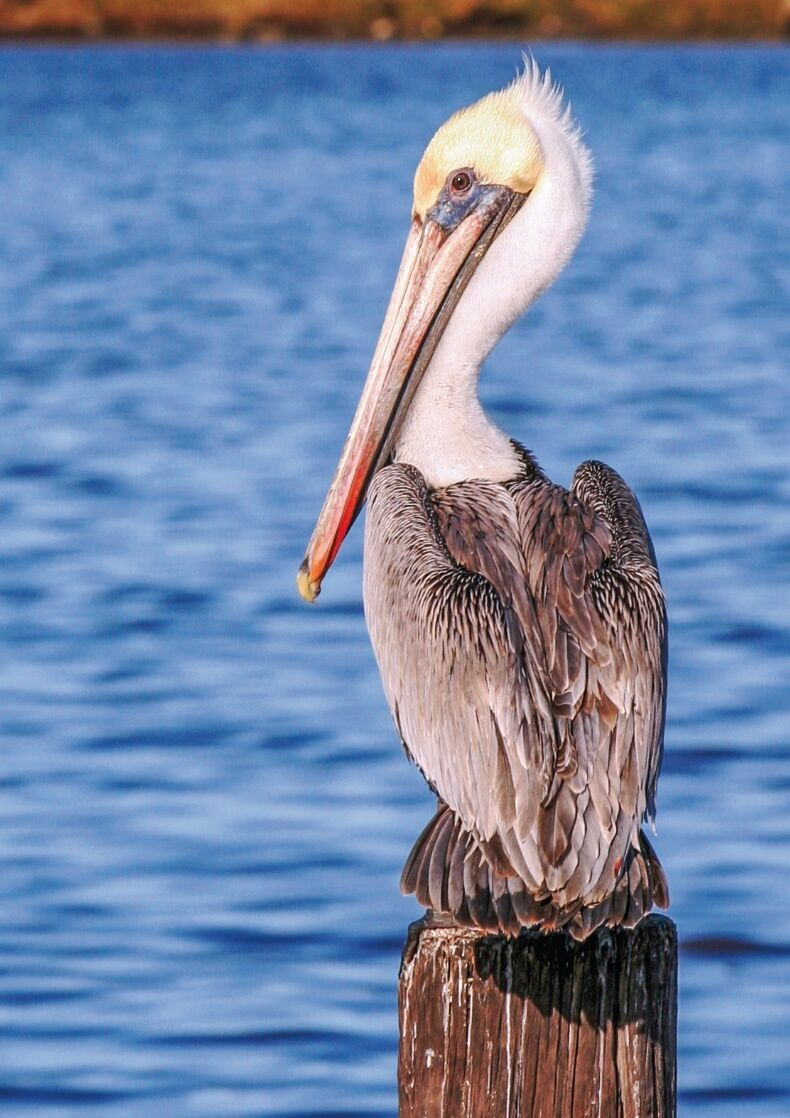
The author of Psalm 102 uses three birds to depict loneliness: “I am like a pelican of the wilderness; I am become as an owl of the waste places. I watch, and am become Like a sparrow that is alone upon the housetop” (verses 6-7).
The Soncino commentary discusses one’s reaction to seeing a pelican like this: “It was certainly the most somber, austere bird I ever saw. It gave one the blues merely to look at it. [The psalmist] could find no more expressive type of solitude and melancholy by which to illustrate his own sad state.”

Regarding the “sparrow alone upon the housetop” in verse 7, Soncino states: “When one of them has lost its mate—a matter of everyday occurrence—he will sit on the housetop alone and lament by the hour his sad bereavement.”
Symbolic of Safety and Strength
Surely we can relate to the feelings of despair and loneliness, but biblical writers also wanted the reader to recognize hope. The other two general categories of bird symbolism related to human existence has to do with how they describe the help available from God—both safety and strength.
We already examined how wings are used to symbolize God’s protective characteristics, especially within the psalms (Psalm 17:8; 36:8; 57:2; 61:5; 63:8; 91:4). But there are several metaphors that depict the human being as the bird finding escape or refuge.
Psalm 91 is rich with symbolism on both of these ends. Verse 3 likens the one needing protection to a bird being delivered from the “snare of the fowler.” David famously wrote: “And I said: ‘Oh that I had wings like a dove! Then would I fly away, and be at rest. Lo, then would I wander far off, I would lodge in the wilderness. Selah” (Psalm 55:7-8; verses 6-7 in other translations).
Doves commonly nest in holes of rocks for safety. Jeremiah evoked this image, writing: “O ye that dwell in Moab, Leave the cities, and dwell in the rock; And be like the dove that maketh her nest In the sides of the pit’s mouth” (Jeremiah 48:28).
We have already discussed the most common bird used in the Bible for strength—the eagle. A lesser-known but no less effective metaphor is found in Zechariah 5: “Then lifted I up mine eyes, and saw, and, behold, there came forth two women, and the wind was in their wings; for they had wings like the wings of a stork; and they lifted up the measure between the earth and the heaven” (verse 9).
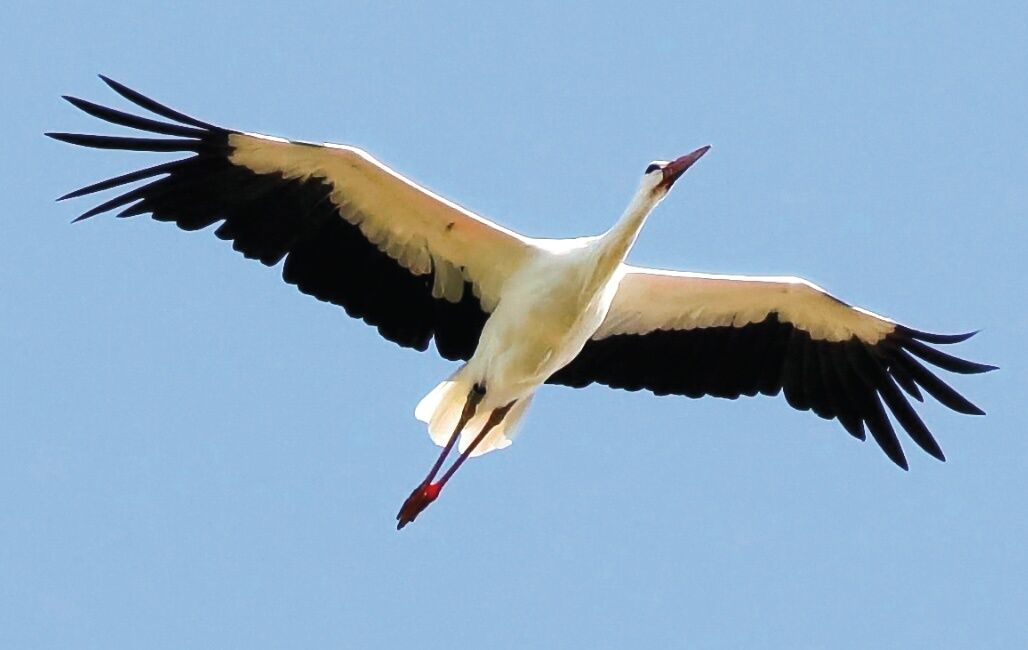
Storks are known for their powerful wings and the sound created by the air flowing over them. They are able to improve their lifting power with the fingered slots of their primary wings, allowing them to reach an altitude of three miles while migrating. Their immense wing surface enables them to achieve long-distance flights as well.
Two other verses related to the eagle’s strength are worth noting.
In Psalm 103:5, David praises God “[w]ho satisfieth thine old age with good things; So that Thy youth is renewed like the eagle.” He likens the access he had to God’s strength as something that could restore vigor to its youthful state. The eagle is the perfect symbol for this. It lives to a great age (some have been known to live 40 years) and can retain its vitality through its lifespan. A Greek proverb says, “The eagle’s old age is as good as the lark’s youth.”
Isaiah was inspired to use a similar metaphor: “But they that wait for the Lord shall renew their strength; They shall mount up with wings as eagles; They shall run, and not be weary; They shall walk, and not faint” (Isaiah 40:31). The way of the eagle in the air is a wonder to human eyes (Proverbs 30:18-19), but Isaiah is teaching how reliance on God gives an unlimited strength. To symbolize this, he writes that it is like an eagle ascending.
Consider also that eagles are often a symbol of swiftness (2 Samuel 1:23; Job 9:26; Jeremiah 4:13). Bald eagles can fly at about 30 miles per hour, but can dive at speeds of up to 100 miles per hour. When diving upon prey, golden eagles have been clocked at about 150 miles per hour. Isaiah is illustrating the “rapid, untiring forward effort” (Lange’s Commentary) of the eagle as a metaphor for the strength and renewed energy available to those who totally trust God and go to Him for this rejuvenation.
An Elevated View
Drawing from fowl, biblical authors created a variety of comparisons. They serve as metaphors for the Creator: His blessings, power, protection, security—from wings in general to the specific protective characteristics of the mother eagle.
They serve also as metaphors for us, in both negative ways (our tendency to be gullible, cowardly, even cruel) and positive ways (beauty, gentleness, wisdom, submission and reliance on God).
Birds are used to describe trials and loneliness but also escape, refuge, protection, energy and strength.
Clearly these authors were trying to elevate the vision of readers for generations to come. Such exalted inspiration can be elicited for those who take the time to explore and meditate on these powerful, soaring symbols!
